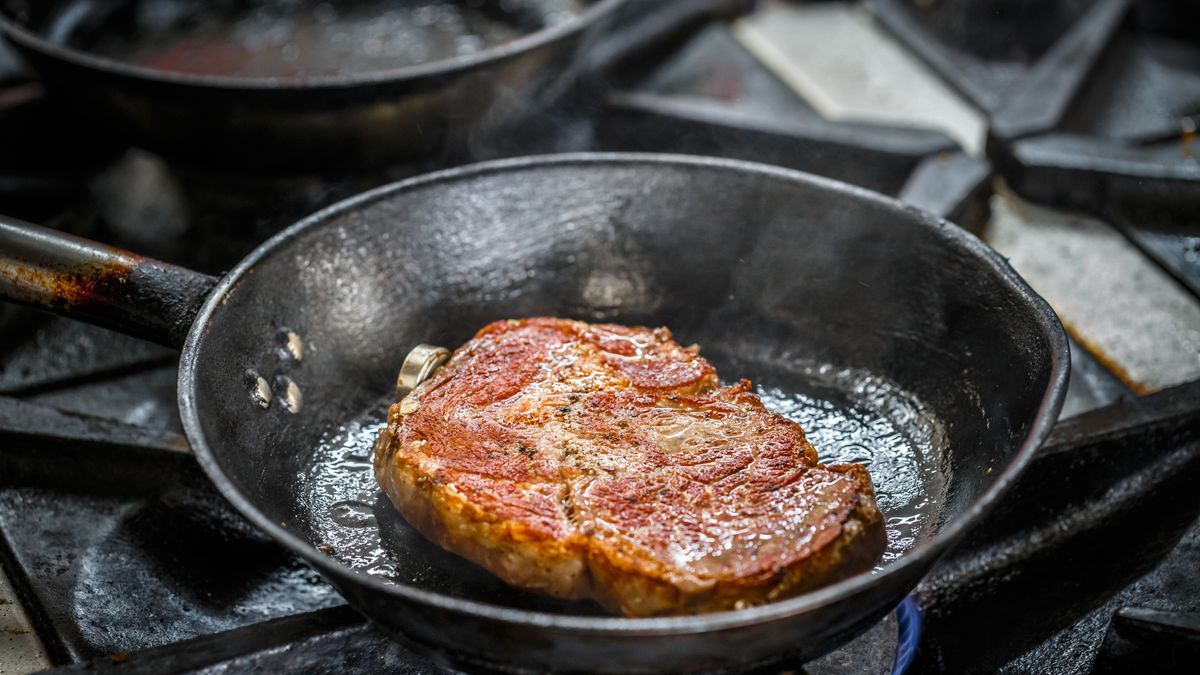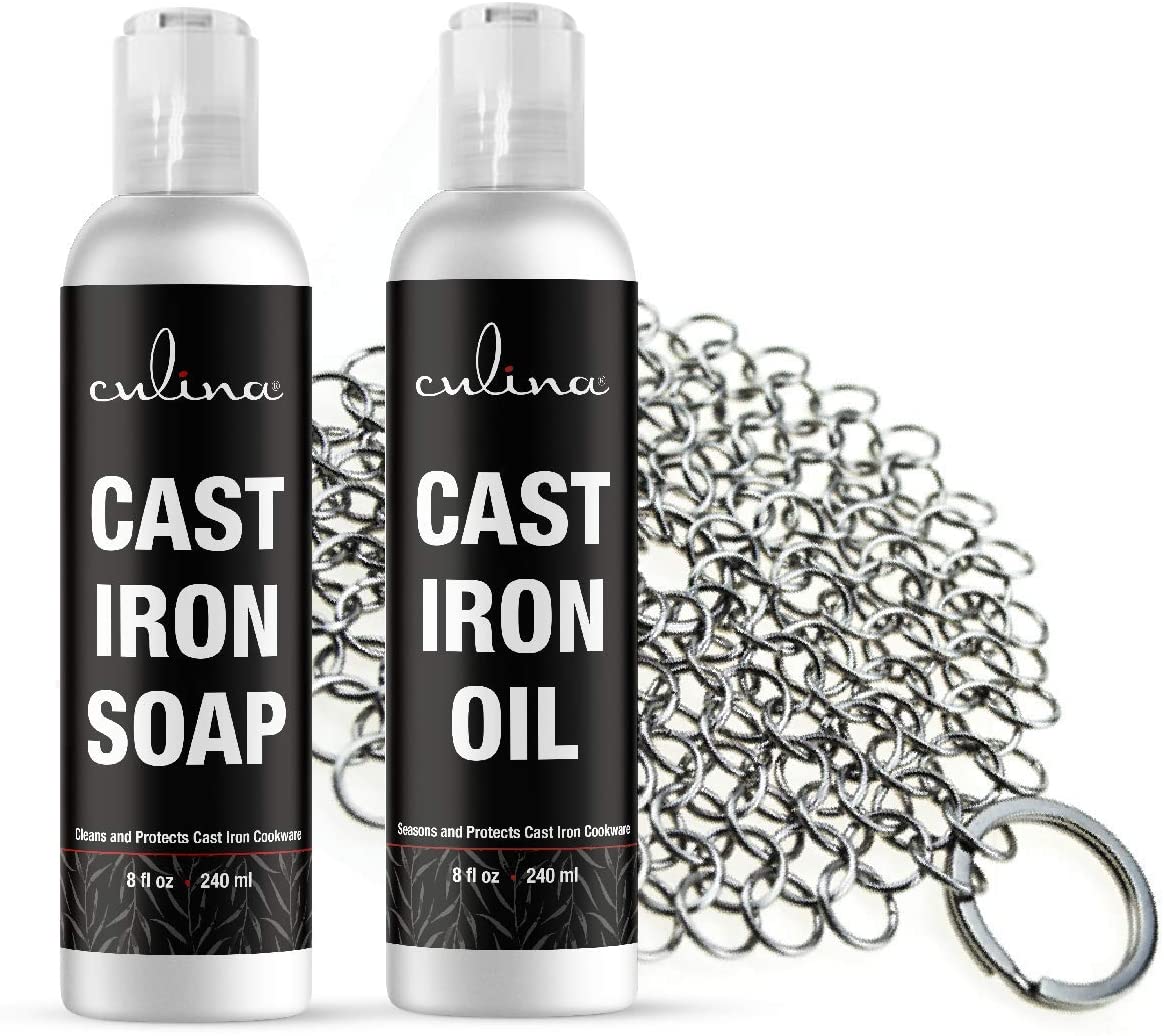When it comes to choosing between a cast iron skillet and a stainless steel pan, many kitchen professionals and home cooks often find themselves at crossroads. Each cookware offers unique advantages, and the decision can significantly impact your cooking experience. This article will delve deep into the key differences, benefits, and considerations, ensuring you’re delighted with your choice.

Introduction to Cast Iron and Stainless Steel
What is a Cast Iron Skillet?
A cast iron skillet is a heavy, durable pan made from molten iron. It is prized for its exceptional heat retention and even cooking surface.
What is Stainless Steel Cookware?
Stainless steel cookware is made from a combination of metals, including iron, chromium, and nickel, giving it a sleek appearance and resistance to rust and staining.

Advantages of Cast Iron Skillet
Heat Retention
Cast iron skillets excel in heat retention, maintaining high temperatures for a long period. This makes them ideal for searing meats and frying foods.
Durability
Cast iron is incredibly durable and can last a lifetime if cared for properly. Over time, it can develop a natural non-stick surface known as seasoning.
Versatility
From stovetop to oven, a cast iron skillet can be used for various cooking methods, including frying, baking, and roasting. For more information on using cast iron, you can visit this link.

Advantages of Stainless Steel
Ease of Maintenance
Stainless steel pans are easy to clean and resistant to rust and staining, making them a low-maintenance option.
Reactivity
Unlike cast iron, stainless steel is non-reactive, meaning it doesn’t alter the taste of acidic foods like tomatoes and wine.
Weight
Stainless steel cookware is generally lighter than cast iron, making it easier to handle and store.
Cooking Performance
Heat Conductivity
While cast iron retains heat well, stainless steel cookware often features a copper or aluminum core, providing excellent heat conductivity. This ensures even cooking and reduces the risk of hot spots.
Searing and Browning
Cast iron is exceptional for searing and browning due to its ability to reach high temperatures. Stainless steel also excels in this area but may require more attention to prevent sticking.
Maintenance and Care
Seasoning Cast Iron
To maintain a non-stick surface, cast iron skillets need regular seasoning. This involves coating the skillet with oil and baking it at a high temperature. For a detailed guide, visit seasoning cast iron.
Cleaning Stainless Steel
Stainless steel cookware requires less maintenance. Cleaning usually involves scrubbing with soap and water. For tough stains, a mixture of vinegar and baking soda can be effective.
Cost Considerations
Initial Investment
Cast iron skillets are often more affordable than high-quality stainless steel pans. However, both types of cookware can be considered lifetime investments.
Long-term Value
Given its durability, cast iron offers tremendous long-term value. Stainless steel, on the other hand, may require replacement if it undergoes significant wear and tear.
Ergonomics and Usability
Handling and Weight
Cast iron skillets are heavier and can be cumbersome, especially when full. Stainless steel pans are lighter, improving handling and ease of use.
Safety
Both types of cookware are generally safe to use. However, cast iron handles can get extremely hot, necessitating the use of oven mitts. Stainless steel pans often feature cool-touch handles, enhancing safety during cooking.
Environmental Impact
Sustainability
Cast iron cookware is highly sustainable, as it can last for generations if properly maintained. Stainless steel is also recyclable, adding to its eco-friendly credentials.
Production Impact
The production of stainless steel is more energy-intensive compared to cast iron, which requires a simpler manufacturing process.
Conclusion
Choosing between a cast iron skillet and a stainless steel pan boils down to personal preferences and cooking needs. Both types of cookware offer unique benefits that can enhance your culinary experiences. For more insights on maintaining your cast iron, visit this guide. By understanding their respective advantages and limitations, you can make an informed decision that will benefit your kitchen for years to come.
As an Amazon Associate, I earn from qualifying purchases.
FAQs
Can I use a cast iron skillet on an induction cooktop?
Yes, cast iron skillets are compatible with induction cooktops due to their ferrous metal content.
Do cast iron skillets require special storage?
It’s best to store cast iron skillets in a dry place to prevent rusting. If stacking, place a paper towel or cloth between them.
Are stainless steel pans safe for high-heat cooking?
Yes, high-quality stainless steel pans can withstand high heat and are excellent for searing and browning.
